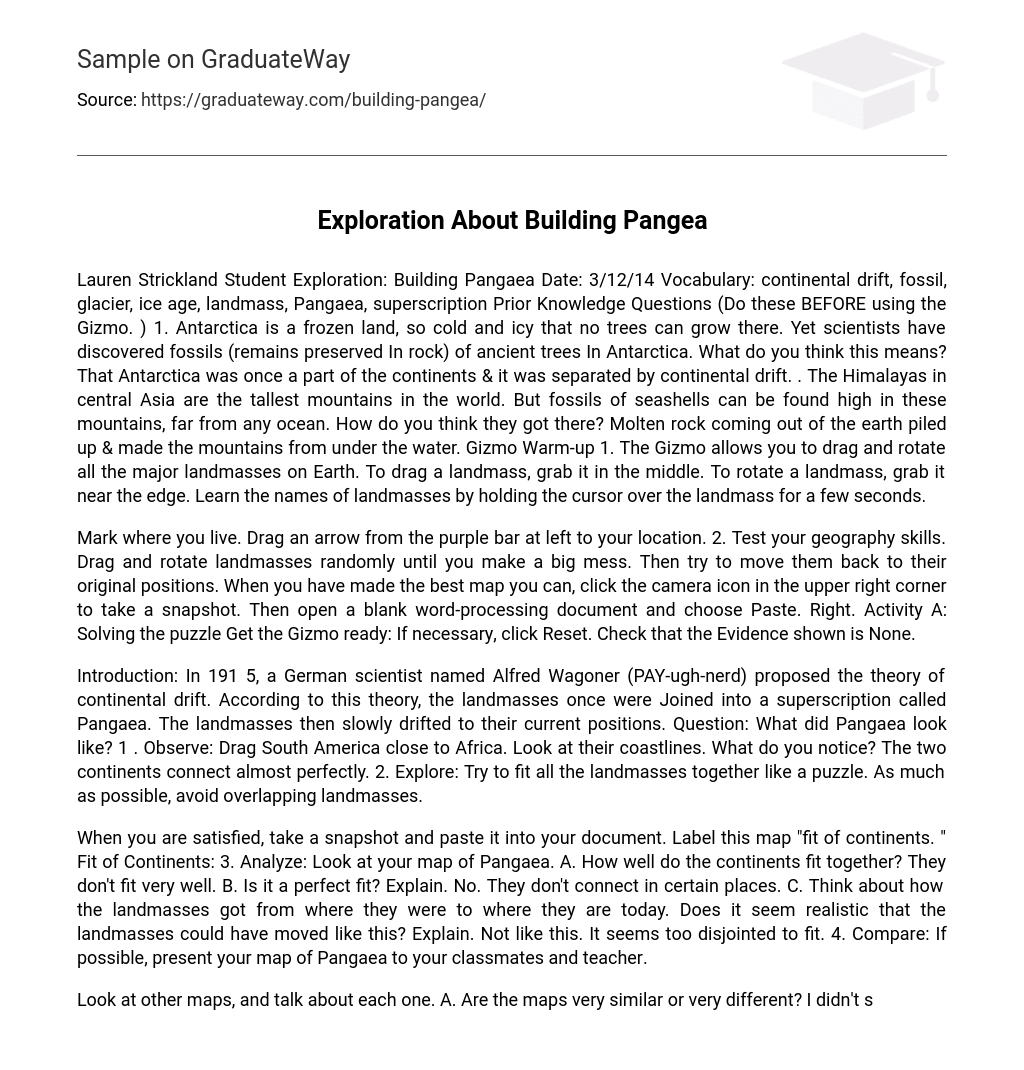Supercontinent that existed in the late Paleozoic and early Mesozoic 335-175 million years ago. He united the continents that existed at that time – Gondwana, Laurussia and Siberia. The name Pangea was coined and published by Alfred Wegener in 1912. Pangea consisted of several large continental blocks, soldered together by collisional mountain systems. Stretched along the meridian from the polar latitudes to the equator, Pangea crossed all the climatic zones of the Earth. A continental and sharply continental climate developed over vast areas within the continents.
Pangea was formed in stages and the main events take place in its northern part, which led to the formation of Laurasia. In the Carboniferous and Permian, the Inuit Basin (between Chukotka and Alaska), the Paleo-Asian Ocean (between Kazakhstania, Tarim and Sinokorea and the eastern part of Angaria), the Ural Ocean (between Laurussia and Angaria) closed with the formation of high collision mountains, for example, the Urals, Tien -Shan, Dzhungar mountains.
Reconstruction of the eastern part of the junction of Gondwana and Laurasia. Abbreviations: WV, West Virginia; IM – Iberian massif; Aq – Aquitaine; AM – Armorican massif; MC – Central array; RH, Rhyon-Hercynian terrane; ST, Saxo-Thuringian terrane; BM – Czech massif; Sd – Sardinia; Co – Corsica; NI – Variscian foundation of northern Italy.
In the Permian, Gondwana and the newly formed Laurasia unite in the western part. At the junction, the Washita and Appalachian mountain systems of the European Hercynides are formed. In the eastern part, Laurasia is separated from Gondwana by the Paleotethys ocean. At the end of the Permian, the Central Iranian, Central Afghan and Tibetan continents separated from the northern part of Gondwana. Between them and the main part of Gondwana, the Tethys Ocean (or Neotethys).





